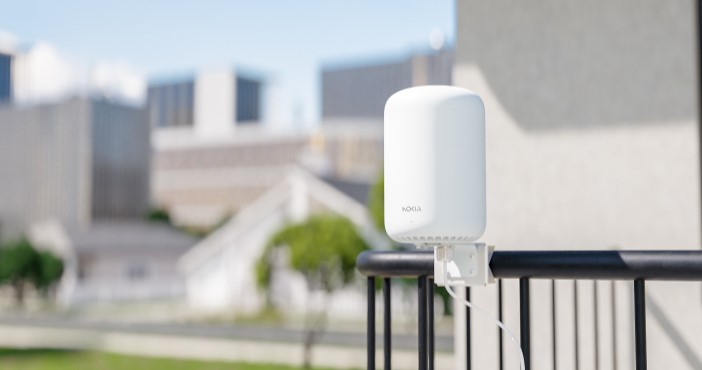The Myths of mmWave Fixed Wireless Access—Busted!

During the days of early launches, 5G was practically synonymous with millimeter-wave. With the debut of the new technology, expectations were so high that no spectrum could live up to them. So when midband airwaves became available, it was no surprise that they quickly were dubbed the “goldilocks” spectrum and became the primary vehicle for 5G mobile and Fixed Wireless Access deployments. To be sure, the midband is a strong anchor for 5G networks and has helped to establish a thriving 5G FWA customer base that now numbers more than 7.2 million in the U.S.
With an additional six years of 5G development, however, it’s time to take a fresh look at mmWave and debunk some of the myths that still persist from the early days.
-mmWave can be used in urban, suburban and rural areas without the need for costly network densification. Independent testing in outdoor environments by Signals Research Group has found that “5G mmWave coverage is surprisingly robust and doesn’t necessarily require significantly higher cell densities compared to the existing cell grid.” (1) This means that mmWave can be leveraged for cost-effective FWA deployment in multiple geographies, and is particularly effective as a capacity overlay that serves nearby subscribers and frees midband spectrum to serve customers who are further away. Australian operator nbn is using Nokia mmWave FWA CPE to extend its FWA footprint to residences previously only served by satellite, offering gigabit speeds to premises within 7 kilometers of a radio base station.
-mmWave can cover distances of more than 10 km in the right rural environment. In testing with UScellular, Nokia’s extended range AirScale Baseband and mmWave radios used the carrier’s 28 GHz spectrum on its commercial network in Nebraska to achieve a world record distance of 10 km with average downlink speeds of about 1 Gbps, and 750 Mbps downlink speeds at more than 11 km.
-mmWave can be used in non-line-of-sight (NLOS) conditions, if your device has very high-gain antennas. Nokia’s Fastmile 5G mmWave receiver utilizes 360°, high-gain antennas along with advanced algorithms to enable FWA in NLOS conditions. Through extensive field trials, Nokia has documented Fastmile’s ability to connect to the network and effectively enable high-speed service using mmWave reflections.
-mmWave can avoid environmental disruptions to service with intelligent FWA devices. Nokia’s 5G mmWave Fastmile device scans the environment, selects the best available signal—and in the case of environmental changes such as foliage growth, automatically redirects to the next-best signal. This maintains a high-quality service and satisfied customers, while avoiding the cost of service truck rolls.
The maturation of FWA technology, plus smarter deployment practices, means that mmWave can do so much more than serve dense urban deployments. A mixed-spectrum FWA strategy that includes mmWave can provide high capacity and satisfy customer expectations at relatively low cost.
Explore how Nokia FastMile busts the myths of mmWave here.
(1) How 5G NR mmWave provides critical additional network capacity; Qualcomm white paper based on testing by Signals Research Group.

Comments are closed.